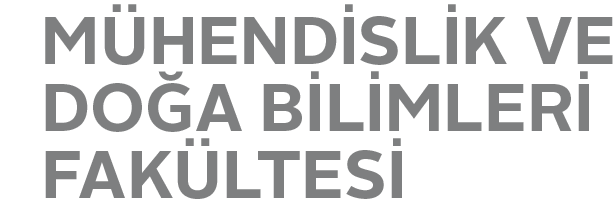
Predicting In-Plane Uniaxial Compressive Moduli of Hexagonal Honeycombs Using Experimental Analogues
Barış Emre Kıral
Materials Science and Nanoengineering, MSc. Thesis, 2020
Thesis Jury
Prof. Dr. Melih Papila (Thesis Advisor), Prof. Dr. Ali Rana Atılgan, Prof. Dr. Satchi Venkataraman
Date & Time: September 1st, 2020 16:00
Place: https://us02web.zoom.us/j/85718999533?pwd=SjFGS3FOMDB1a1BvazlMWEYweVc0Zz09
Keywords: 2D honeycombs, unit cells, effective modulus prediction, finite element analysis, mechanical testing, experimental analogues
Abstract
Cellular solids have been utilized in many engineering applications for thermal insulation, their high specific out-of-plane compressive strengths and stiffnesses, their sieving capabilities, and in-plane energy absorption properties. With the advances in additive manufacturing, numerous novel 2D cellular solid designs have emerged. In-plane properties of 2D cellular solids have attracted attention for their intriguing behavior under compressive, tensional and shear loads.
As structures deviate from common geometries such as square, triangular, or hexagonal, analytical and numerical methods to predict effective elastic properties get dramatically more convoluted. Thus, analytical models in particular have been limited to the simpler designs. Moreover, validating and/or characterizing experimental analyses of novel geometries are often limited in scope due to size effects and inconsistent constraints among the test specimens and practical structures.
This study presents a new approach that amalgamates virtual and real-life static analysis of cellular structures of repeating cells. Representative equivalent structures for testing, i.e. analogue test specimens are determined using parametric FEM analysis. Analogues for hexagonal honeycomb arrays are manufactured and tested under compression. Compressive moduli of the selected analogues exhibit great consistency between numerical and experimental analyses. The approach sets a framework for future research in using analogues for determination of in-plane properties of numerous other 2D cellular solid designs.

